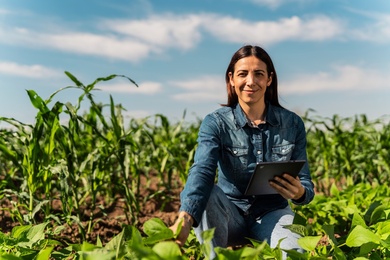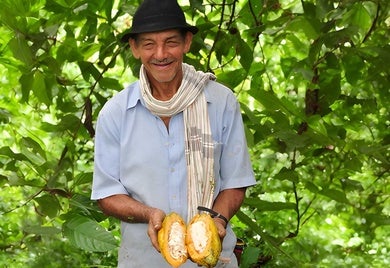Every watt matters: Geothermal in Latin America and the Caribbean
Geothermal is considered the renewable energy that is most challenging given that most risks come upfront and more than five years is needed to move into full operations.
Currently, there are 10.5 GW of geothermal installed capacity globally with 550 MW coming from Latin America and the Caribbean. Central America makes up most of that. In El Salvador, for example, more than 25% of the country’s electricity generation matrix is already powered by geothermal. It aims to reach 40% in the near future. Central America’s potential is estimated at up to 13 GW. Meanwhile in Chile, estimates for installed capacity are approximately 2 GW, and in the Caribbean that figure is 850 MW, according to a report by the Geothermal Energy Association. So far the region has deployed less than 1 percent of its potential.
To develop this potential, major efforts are necessary to overcome existing barriers such as early exploration risk and high upfront costs. To tackle these and scale up the industry, the region will seek a high-level of technical competence and innovative financing solutions that foster private sector investment.
Part of our push for more sustainable business and climate change mitigation in the region includes the provision of long-term finance to attract private sector investment. We collaborate with multilateral development banks, institutional investors and others to do so. In geothermal, we are focused on risk mitigation solutions for drilling and resource uncertainties.
Currently the Clean Technology Fund (CTF) seeks to mitigate such risk in Chile’s geothermal sector, catalyze the country’s first major exploration and leverage private sector dollars. We accomplish this by offering a range of financial products: loans convertible to grants; guarantees convertible to grants; and loans for long-term project finance.
In the first two products, if drilling and resource discovery are successful, borrowers pay back the loan or the loan guaranteed. If technical consultants determine drilling or resource endowment is considered unsuccessful, then the loan or guarantee is converted to a grant, becoming similar to equity.
Doing nothing is no longer an option. Power generation in the region cannot keep pace with growing demand. An emerging middle class and record-level urbanization continue to make the current energy matrix unsustainable. Renewable energy sources like geothermal, coupled with energy efficiency measures, is a must.
The stakes are high. With the right financial instruments and risk-mitigation strategies, geothermal offers great promise. To effectively curb the trend of climate change, we must explore every avenue in geothermal development. Every watt matters. Hopefully we can all return from Paris with a similar sentiment of urgency and commitment and take swift action.
¿TE GUSTA LO QUE ACABAS DE LEER?
Suscríbase a nuestra newsletter para mantenerse informado sobre las últimas noticias de BID Invest, publicaciones de blog, próximos eventos y para obtener más información sobre áreas específicas de interés.
Suscribirse



